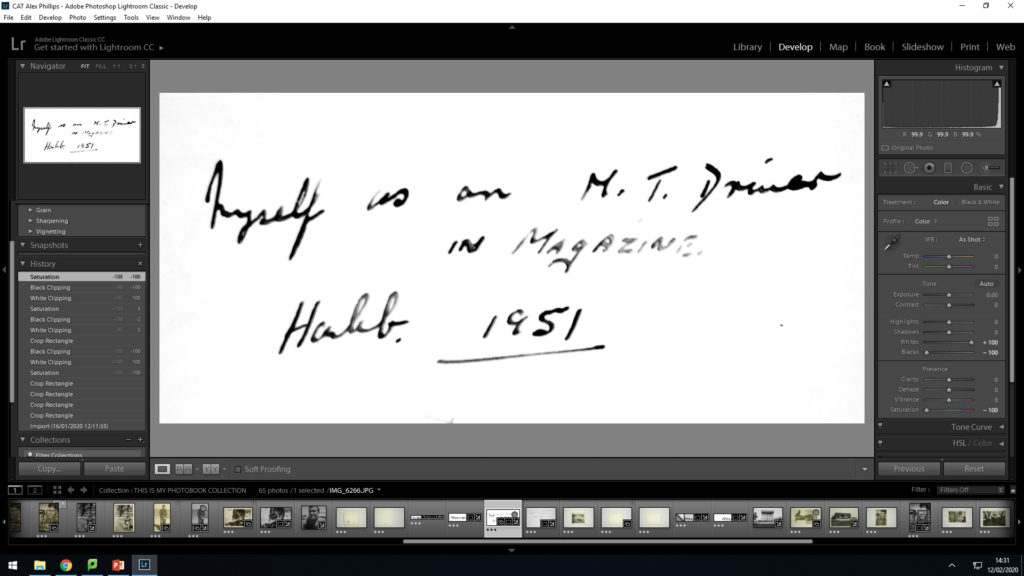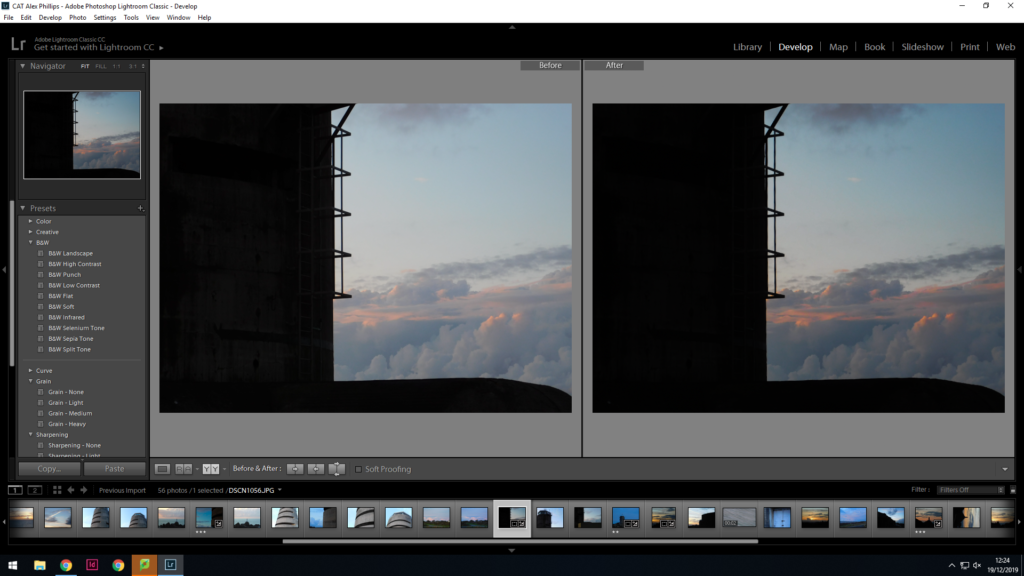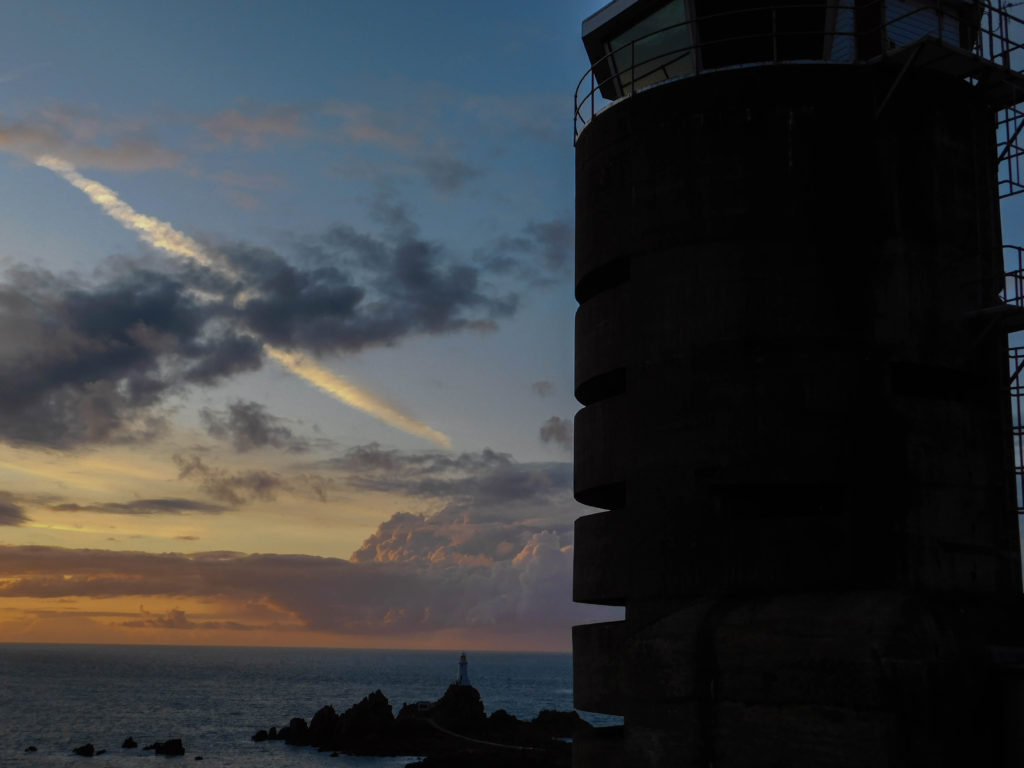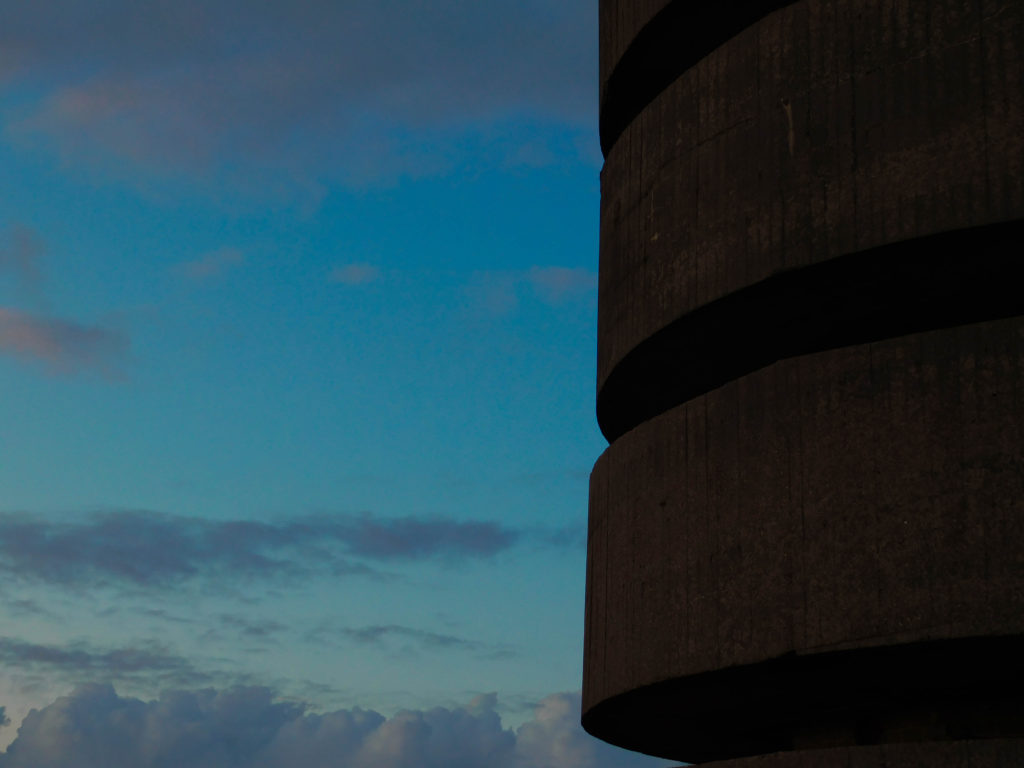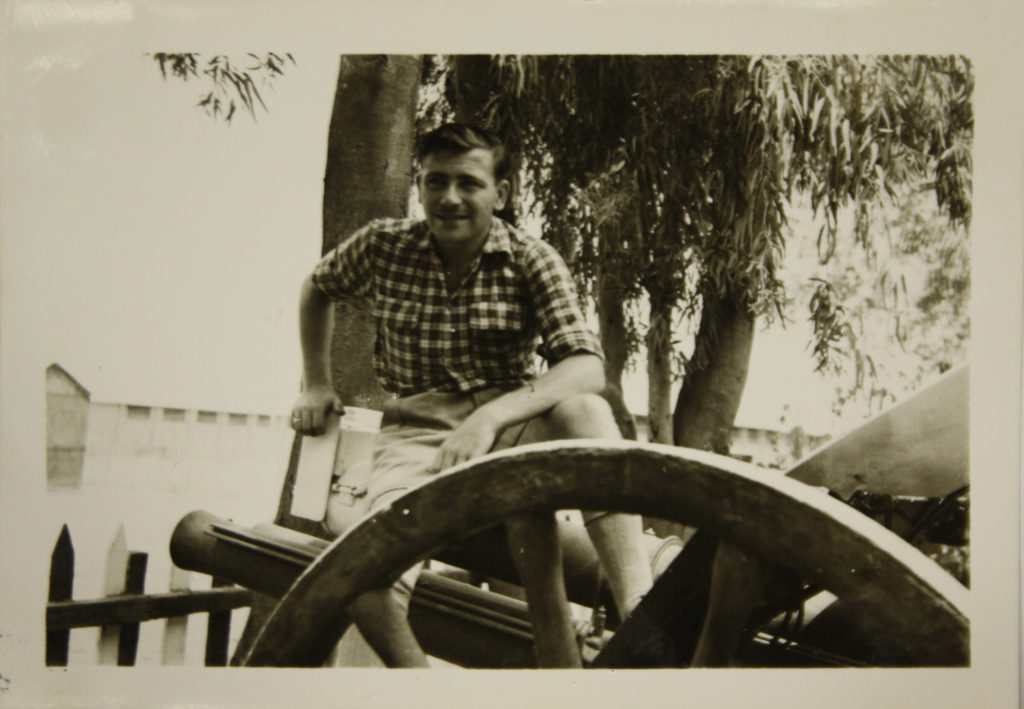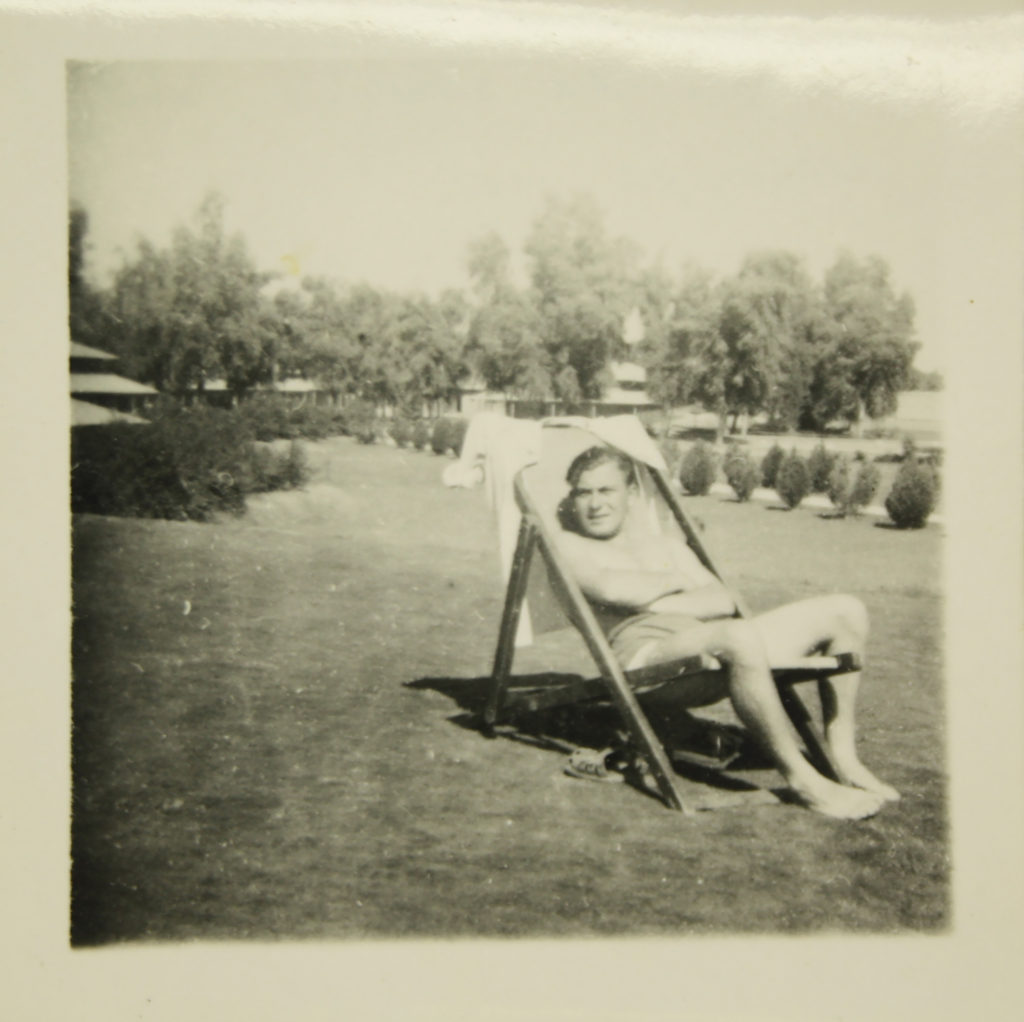How does Jeff Walls tableaux approach depict a seemingly photo journalistic approach?
“Walls images have all the drama and spontaneity of street photography but the exacting precision of a film set” (Shelley Jones, July 2019)
Jeff Walls approach to photography may seem at first to some, as simple street photography, the subjects caught in the act of going about their everyday lives. However, this is not the case, as Wall is a world renowned tableaux photographer, who focuses on creating the perfect picture and adopting a meticulous and tedious process to obtain the perfect depiction of his ideas. Some shoots typically taking hours or even days just to process one image. Wall has been known to hire out masses of industry professionals such as prop makers, lighting technicians and stylists to really bring his images to life and portray his ideas as clear as he sees them in his own head. “Wall, 68, refers to his approach as cinematography or near documentary”(E. Lipsy Karaz, Wall Street Journal 2015). With Wall referring to his own approach as cinematography, it raises the question of How? How does wall achieve the approach of cinematography and produce a well-orchestrated and descriptive image?
The answer lies within the image itself. At first glance, Many of Wall’s images simply seem to be images of chance occurrences within the environment Wall is shooting in, However that is far from the case, as Wall conducts his shoots and arranges subjects on set based upon his own personal experience of situations he finds of interest. For example, in one of Wall’s most renowned pieces of work, Mimic 1982, we are presented with an image of a well-dressed, clean looking male subject of Asian heritage walking through a suburban area of Vancouver, Canada. Alongside him is a more unkempt male subject grasping the hand of his seemingly disgusted female partner. The male subject has his finger dragged to the corner of his eye, making an obscene/ racist gesture aimed towards the Asian subject. This image may seem at first a chance occurrence that Wall happened to be in the right place and the right time for. However, if we are to look behind the scenes, we would soon come to the realization that in fact, we are unable to view the immense production team responsible for the creation of this image. The idea from the image comes from a personal experience of Wall’s, where he was walking along a suburban sidewalk in Vancouver and witnessed this exact event unfolding in front of his eyes. Wall was disgusted by this racist act, but at the same time intrigued, as the event he witnessed really depicted the social unease at the time between Asian immigrants and local Canadians due to the recent events of the Vietnam war creating a surge in Vietnamese refugees seeking asylum within the United States and Canada. In 1923, The Canadian Government passed the Chinese Immigration Act, which restricted Chinese nationals from immigrating to Canada, and this act later expanded to cover all Asian nationals. The Act was later repealed in 1947, however the majority of Asian Immigrants came to the US and Canada in the wake of the Korean and Vietnam Wars respectively. The vast Majority of Asian Immigrant families reside in Downtown Vancouver, where this particular image was shot, and Wall wished to use this image to highlight the silent war of abuse and unrest towards Asian members of the public. Wall’s ability to reconstruct this image aided the creation of a conversation on immigrant rights and protection from discrimination, and in 1982, The Canadian Parliament passed the Canadian Charter of Rights and Freedoms, stating all Canadian citizens be treated equally under the eyes of the law. This Charter was no doubt influenced by the cultural impact of Mimic 1982. The fact that Wall was able to reconstruct this exact image from memory is remarkable, and this must also be considered in the fine attention to detail in all of Walls works, with some shoots consisting of multiple of seemingly the same image, yet only one was deemed perfect due to something as small as a crease in a shirt, or the positioning of a cloud. This has assisted Wall in standing out in the world of photography, as a man of process and above all, meticulous selection, further proving he is one of the many greats of tableaux photography

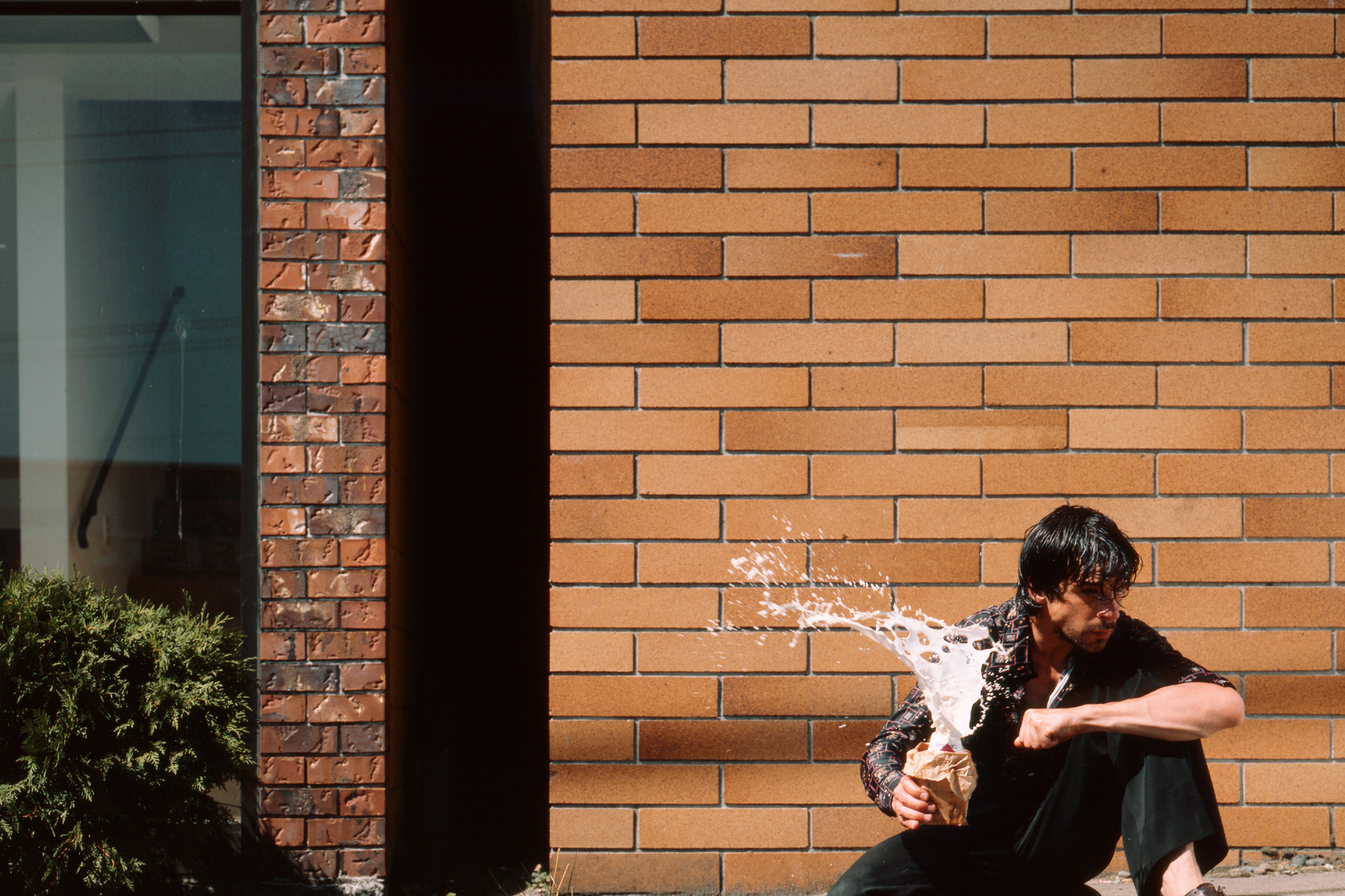
In this image titled simply “Milk”, Wall has depicted a male holding a milk drink and squeezing it, causing the milk to erupt in the subjects hands. The subject is in full focus and the background seems to be that of the exterior of a well kept and clean building, Whereas the subject appears dirty and scruffy, With greasy hair and dirty clothes. This creates a contrasting image, With a sense of cleanliness making up the background with the focus being on the messiness of the main subject of the image. The explosion of the milk carton makes us question why this is happening. Is the man angry? is he undergoing stress? or is he potentially in a crazed mental state?. This image essentially allows for the critic to create their own context to the image and create their own story due to the multiple scenarios that may be at play here in a contextual mannerism. Wall quotes from his interview with David Campany ” I think the pictorial problems emerge from the accidental encounter that reveals the subject”. I find that his quote means in a sense that the use of the medium of photography has opened up a conversation regarding the issues the subject themselves could potentially be dealing with, and that photography can be used to portray an individuals expression of their inner selves. The composition of the image in terms of contrast plays a role in telling the story as well, As the background is bright, contrasted by the small shadow of the wall of the windowed building. The usage of tinted blue for the glass and the green of the plant give the background an uplifting feel due to the bright colours. However this is contrasted by the ragged appearance of the male subject in the foreground, Depicted by his dark coloured clothing and dark hair. The white of the milk drink exploding instantly draws us to the image due to the absence of white in the background as well as the shape and texture of the liquid itself captured in the time frame it was captured in. The explosion of the milk carton creates a dramatic contrast when observed in comparison to the solid, tranquil background of the image. The eruption of the milk itself creates a talking point. Why is the milk exploding in this manner? What is the subject currently feeling in terms of emotion? Was there an event that caused this reaction?
Historical and Theoretical Context
“Many street photographers also tend to interact with their subjects as a form of gaining context to a persons background and the situation being photographed. Street photography has been used throughout the years as a platform to address issues to the public, such as homelessness, poverty and racism“
I have taken this quote from a previous blog post of mine, exploring photographic movements. The particular movement this extract is taken from concerns street photography, a movement Jeff Wall is no stranger to. Street Photography is a movement that is widely associated with photojournalism and photojournalism is a relation of documentary photography. The idea of reality concerning photojournalism constantly resounds, The idea that we may not be seeing the bigger picture, and the information fed to us is altered to suit the eye of the photographer and tell the story they wish to rather than them conveying us the truth at times. Then the question of propaganda arises. Is the sole purpose of some forms and elements of photojournalism simply to influence our attitudes and bend our minds to conform to the beliefs of those in control of the media? or is what we see through the mediums of photojournalism the real deal and an accurate representation of the topic covered? In a society where forms of media are readily available in the palm of our hands in the form of digital news outlets and social media platforms, The subject of reality is one that many of us question on a daily basis. Fake news stories are being slapped in front of us as a society on a regular occurrence and those in control of the media have become masters of creating a reality from a myth through the means available to them. Tableaux photography when done correctly, can influence a viewer to believe the events they are presented with before them are real events that have actually occurred. To the untrained eye, Tableaux works can be highly convincing, Thus creating a culture of dictation and false information, further tweaking the minds of society and conforming it to the views of those in positions of power. Even news and media outlets that are deemed legitimate and credible may even be giving us only half of the actual story, or the story they or a higher power wish to tell. The movement of photojournalism is one that carries with it the burden of deception at times. Some photojournalists working for large media outlets have proven that in some instances, they are employed to give a differing perspective of a story than the true perspective of the story.
Conclusion
Within images taken by photojournalists, we are often led to believe that what we see is what we get. For example, a disheveled elderly man sleeping rough will be seen by many as simply a homeless person, poor and dirty, struggling for survival. But many are quick to just claim this is nothing new and bat an eyelid and move on. Now what if this man were to actually be a military veteran, kicked out on the street after a long fought battle with mental health issues. The perspective would instantly change, further highlighting the representation of subjects of photojournalism and the photographers responsibility for the image of a subject. Jeff Wall however, is not a photo journalist, but rather an artist whom recreates an image solely from memory and events he has witnessed. The meticulous recreation of these memorised scenes is regarded as tableaux photography to the trained eye of a photographer, yet to the general public, this is seen as a reality occurring right before them, and they are left completely oblivious to the staged nature of the image and the industrial process behind the creation of the single image in front of them, and this can cause deception among most as they deem this image to be a real life event, captured at exactly the right second by a photographer who just so happened to be in the right place at the right time, whereas in the case of Jeff Wall, this is far from the case.



